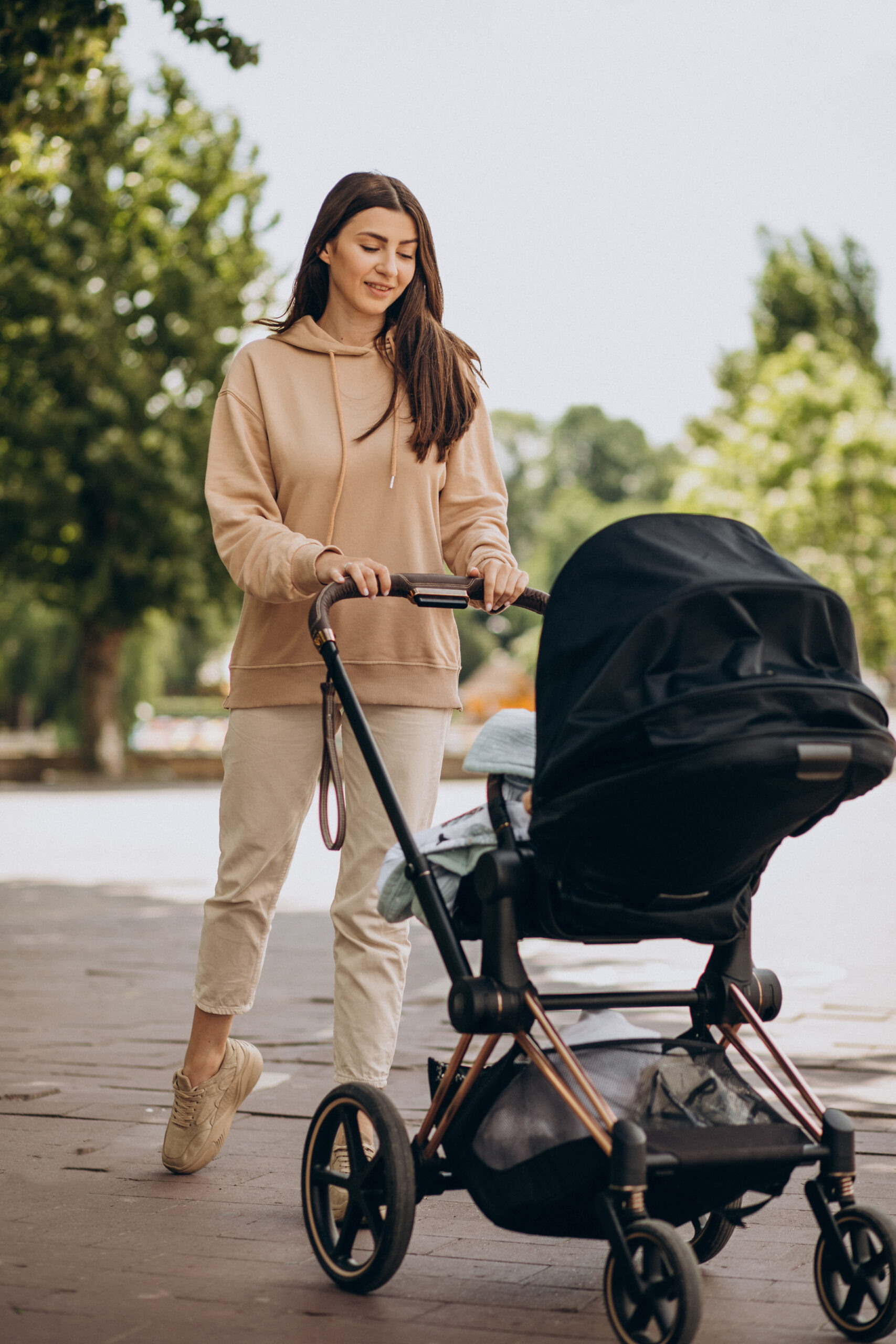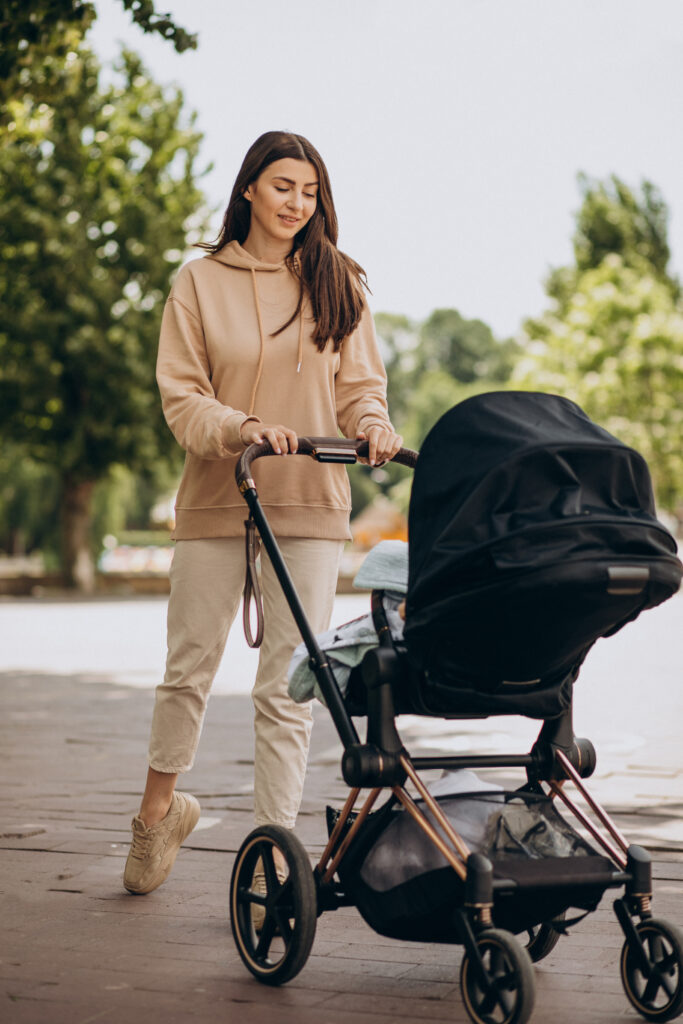Choosing the Best Stroller: A Comprehensive Guide
Selecting the best stroller for your baby is an important decision that can significantly impact your daily life as a parent. With so many options on the market, each offering different features, styles, and price points, it can be overwhelming to find the perfect stroller that meets your needs. This guide will walk you through the key factors to consider when choosing the best stroller for your family.
1. Determine Your Lifestyle and Needs
Before diving into the specifics of stroller features, it’s essential to assess your lifestyle and determine how you’ll be using the stroller. Consider the following questions:
- Where do you live? If you live in a city, you might need a stroller that’s easy to maneuver through crowded streets and can fit in tight spaces. If you’re in the suburbs, you may want a stroller that’s better suited for longer walks on various terrains.
- How will you use the stroller? Will you be using it primarily for walks around the neighborhood, or do you need something that’s easy to travel with? Are you planning to use it for jogging or off-road adventures?
- How often will you travel with the stroller? If you plan to take the stroller in and out of the car frequently or travel by plane, you’ll need something lightweight and easy to fold.
- How many children do you have or plan to have? If you’re a parent of twins or planning to have another child soon, you may want to consider a double stroller or one that can convert to accommodate multiple children.
2. Types of Strollers
Understanding the different types of strollers available will help you narrow down your options. Here are some of the most common types:
- Full-Sized Strollers: These are the most common and versatile strollers. They offer a comfortable ride for your child, ample storage space, and a range of features. They’re ideal for everyday use but can be bulky and heavy.
- Lightweight or Umbrella Strollers: These are compact, easy to fold, and perfect for travel. However, they may lack some of the comfort features and storage space found in full-sized strollers.
- Jogging Strollers: Designed for parents who want to stay active, jogging strollers have large wheels, suspension systems, and are built for running or walking on uneven terrain. They can be heavy and may not be ideal for everyday use.
- Double Strollers: These strollers are designed for families with multiple children. They come in side-by-side or tandem (one in front of the other) configurations. Double strollers can be bulky, but they’re essential for parents with twins or siblings close in age.
- Travel Systems: A travel system includes a stroller and a compatible infant car seat that can attach to the stroller. This is a convenient option for newborns, as you can move your baby from car to stroller without waking them.
- All-Terrain Strollers: These strollers are designed to handle various terrains, including rough or uneven surfaces. They typically have larger wheels and better suspension but can be heavy.
3. Key Features to Consider
When choosing a stroller, consider the following features to ensure it meets your needs:
- Safety Features: Safety is the top priority when selecting a stroller. Look for features such as a five-point harness, a sturdy frame, and a reliable braking system. Additionally, ensure the stroller meets the latest safety standards and has passed any necessary safety certifications.
- Maneuverability: The stroller should be easy to push and steer, even with one hand. Swivel wheels can enhance maneuverability, especially in tight spaces, while locking front wheels are useful for stability on rough terrain.
- Weight and Portability: Consider the stroller’s weight, especially if you’ll be lifting it in and out of the car or carrying it up stairs. A lightweight stroller is easier to transport, but make sure it’s sturdy enough to provide a smooth ride for your baby.
- Folding Mechanism: The stroller should be easy to fold and unfold, ideally with one hand. A compact fold is essential for travel or if you have limited storage space.
- Comfort and Support: Your baby’s comfort is crucial. Look for a stroller with a well-padded seat, adjustable recline, and good suspension to absorb shocks. An adjustable handlebar can also make pushing the stroller more comfortable for parents of different heights.
- Storage Space: Ample storage space is essential for carrying diaper bags, groceries, or other essentials. Check for a large under-seat basket and additional pockets or compartments.
- Canopy: A large, adjustable canopy is important for protecting your baby from the sun, wind, or rain. Some strollers offer extendable canopies with UPF protection for extra coverage.
- Compatibility with Car Seats: If you’re considering a travel system or want the option to attach a car seat to your stroller, make sure the stroller is compatible with your car seat model.
4. Budget Considerations
Strollers come in a wide range of prices, from budget-friendly options to high-end models with all the bells and whistles. Determine your budget before you start shopping, but also consider the value of the features that are most important to you. While it might be tempting to go for the least expensive option, investing in a higher-quality stroller that meets your needs can save you money in the long run by avoiding the need to buy multiple strollers.
5. Test Drive Before You Buy
Whenever possible, it’s a good idea to test the stroller in person before making a purchase. Visit a store that carries a variety of strollers and take a few for a “test drive.” Pay attention to how easy it is to push, steer, fold, and lift the stroller. Also, try placing a bag or some weight in the stroller to see how it handles with a load. If you’re shopping online, read reviews from other parents to get an idea of the stroller’s performance in real-world conditions.
6. Consider Future Needs
Think about how your needs might change as your baby grows. Some strollers are designed to grow with your child, offering adjustable seats, higher weight limits, or the ability to add a second seat. If you’re planning to have more children, consider a stroller that can be converted to a double stroller or that offers the option to attach a ride-along board for an older sibling.
7. Brand Reputation and Warranty
Research the reputation of the stroller brands you’re considering. Brands known for quality and customer service can offer peace of mind, especially if something goes wrong. Check the warranty offered by the manufacturer and read the terms carefully. A good warranty can protect your investment and ensure that any defects or issues are promptly addressed.
8. Additional Accessories
Some strollers come with useful accessories, such as cup holders, rain covers, or car seat adapters. Consider what accessories are included with the stroller and whether you’ll need to purchase any additional items separately. Some strollers have a wide range of compatible accessories, while others may have more limited options.
Choosing the best stroller requires careful consideration of your lifestyle, needs, and budget. By taking the time to evaluate different types of strollers, key features, and your future needs, you can find a stroller that will make life easier for you and more comfortable for your baby. Remember, the right stroller is an investment in your family’s mobility and convenience, so choose one that will serve you well for years to come.
------------From our Sponsors------------





